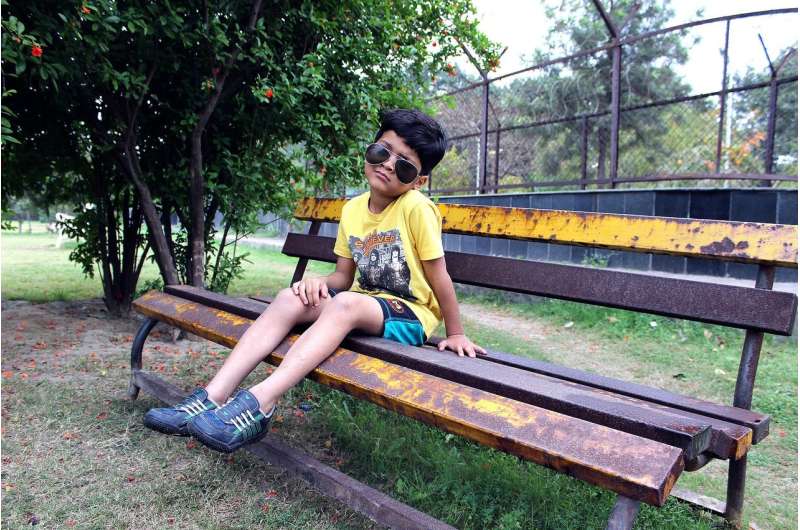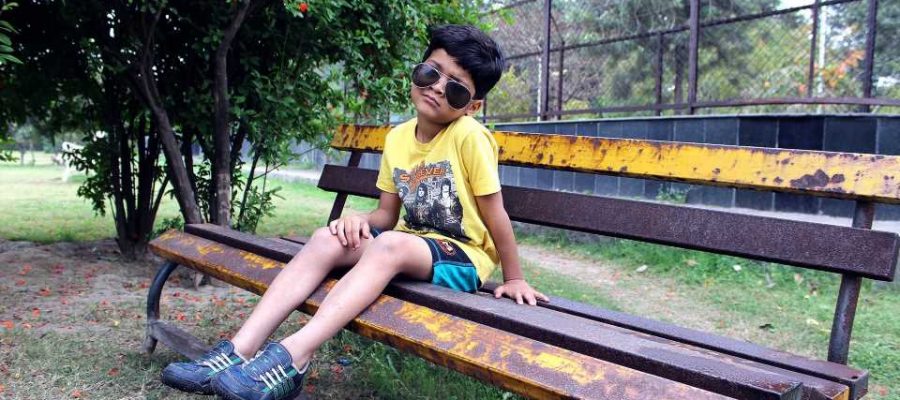
Children actively meditating experience lower activity in parts of the brain involved in rumination, mind-wandering and depression, our team found in the first brain-imaging study of young people under 18 years old. Over-activity in this collection of brain regions, known as the default mode network, is thought to be involved in the generation of negative self-directed thoughts—such as “I am such a failure”—that are prominent in mental disorders like depression.
In our study, we compared a simple form of distraction—counting backward from 10—with two relatively simple forms of meditation: focused attention to the breath and mindful acceptance. Children in an MRI scanner had to use these techniques while watching distress-inducing video clips, such as a child receiving an injection.
We found that meditation techniques were more effective than distraction at quelling activity in that brain network. This reinforces research from our lab and others showing that meditation techniques and martial arts-based meditation programs are effective for reducing pain and stress in children with cancer or other chronic illnesses—and in their siblings—as well as in schoolchildren during the COVID-19 pandemic.
This study, led by medical student Aneesh Hehr, is important because meditation techniques such as focused attention on the breath or mindful acceptance are popular in school settings and are increasingly used to help children cope with stressful experiences. These might include exposures to trauma, medical treatments or even COVID-19-related stress.
Researchers know a lot about what is happening in the brain and body in adults while they meditate, but comparable data for children has been lacking. Understanding what is happening in children’s brains when they meditate is important because the developing brain is wired differently from the adult brain.
https://youtube.com/watch?v=SpjWb9teKSY%3Fcolor%3Dwhite
These findings are also important because caregivers and health care providers often use distraction methods like iPads or toys to help children cope with pain and distress, such as medical procedures. However, those techniques may largely rely on the prefrontal cortex, which is underdeveloped in youth.
This means that stress and emotion regulation techniques that rely on the prefrontal cortex may work well for adults but are likely to be less accessible to children. Meditation techniques may not be dependent upon the prefrontal cortex and may therefore be more accessible and effective for helping children manage and cope with stress.
We still have a great deal to learn about how meditation affects brain development in children. This includes what types of meditation techniques are most effective, the ideal frequency and duration, and how it affects children differently.
Our study focused on a relatively small sample of 12 children with active cancer, as well as survivors who may have experienced significant distress over the diagnosis, treatment and uncertainty about the future. Future studies with larger sample sizes—including children with a wider diversity of diagnoses and exposures to early adversity or trauma—will help researchers like us to better understand how meditation affects the brain and body in children.
Our findings underscore the need to understand precisely how meditation techniques work. Exciting recent studies have begun to examine how participating in mindfulness and meditation-based programs can shape brain functioning in children.
Source: Read Full Article
